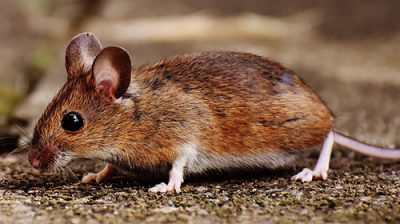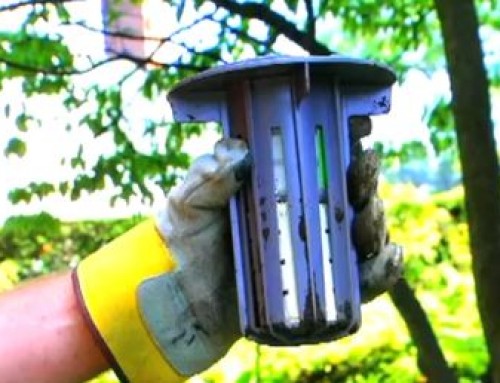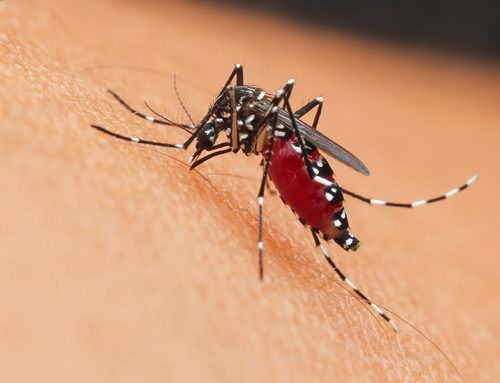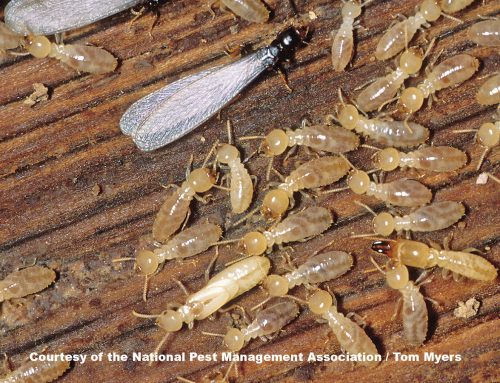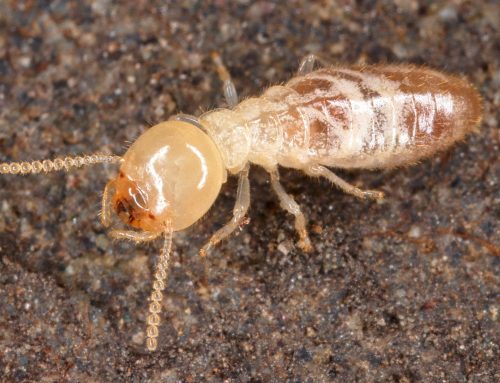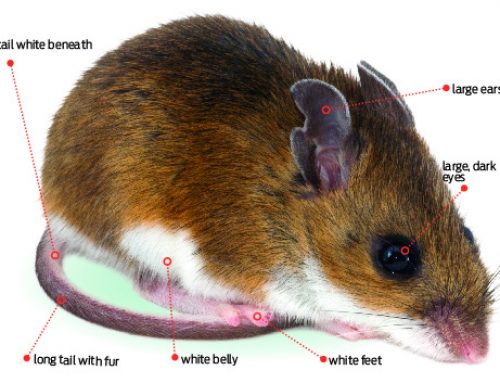Rats have been “chew” it all. I feel bad for them and their cousins. All of them. But I feel even more bad for humans. It’s no secret that rodents spend most of their lives chewing on things. But the impact of rodents chewing is enormouse – ha, that’s punny. Let’s explore these rodents’ dangerous habits.
Why Rodents Chew
At only two weeks old, young rats and mice begin to gnaw to get to a food source or a nesting site, to create nesting material, or because they like it. About 2% of a rodent’s day is spent on gnawing. Chewing on things helps rodents keep their incisors from getting too long, but it’s not the main reason they chew. Upper and lower incisors grow all the time and rodents are able to keep them filed down and sharpened by grinding them against each other.
Entrance holes and gnaw marks
It turns out that since rodents are all different sizes, the marks and irregular shaped holes they create when chewing vary as well. Young mice can squeeze through a crevice about ¼ inch wide. Young rats can squeeze in about ½ inch. A Norway rat can enter a hole the diameter of a quarter. But, if you have the tools to make an even bigger hole, then go big or go home right? At least that’s what rodents do. Rats have been known to create holes about two inches or more in diameter. Mice chew a smaller hole about 1-1/2 inches in diameter. A squirrel’s opening can generally be gnawed to 3-4 inches wide.
Gnaw marks can help identify different rodents. Mice leave a 1 to 2 mm wide grove and a Normandy rat can leave a groove about 4 mm wide.
The many, many items rodents chew
There’s a really long list of things rodents can chew through and this list made me feel a little intimidated, since I’m the indomitable Bullfrog.
Things a rodent will chew on: wood, aluminum, lead, copper, vinyl siding, sheet rock, asphalt, mortar, plastic, wax, leather, cardboard, paper, bars of soap…literally anything softer than the hard enamel on their teeth and that their extra strong jaws can handle. Mice, rats and squirrels aren’t shy when it comes to chewing either and they’re persistent too. They will keep trying if they want to get an opening going. This is getting pretty serious now. Read more below on the damage all this chewing can cause.
Damage and havoc caused by chewing
The ripple effect of rodent chewing on your structure can be daunting.
- Rodents like to chew on the covering of electrical wires which can cause fires and malfunctions of utility structures, cars and airplanes and can have costly repairs.
- Squirrels tend to go for soffits, fascia, trim, vents, dormers and other areas near the rof, especially if any part of the roof line has already-damaged wood.
- Rats and mice target joists, studs and door corners.
- Maybe your home is not a good provider of food for a rodent, but most homes do provide warmth and soft materials that female rodents can use for nesting – such as paper, insulation, and fabric.
- If your home already has an existing gap, rodents will enlarge the gap to make an entrance. Most of the time the gas can be from cable, gas, phone, or electrical lines entering a building – sometimes chewing through the lines themselves.
- Rats will gnaw though plastic water pipes and irrigation systems to get to water.
Eliminating rodents by using environmentally-safe, rodent proof and gnaw proof material is vital in protecting your home. Call us today and learn more about the solutions we provide for keeping your home rodent-free.
Bullfrog Pest Control
1-800-572-9797
Source: Techletter®

